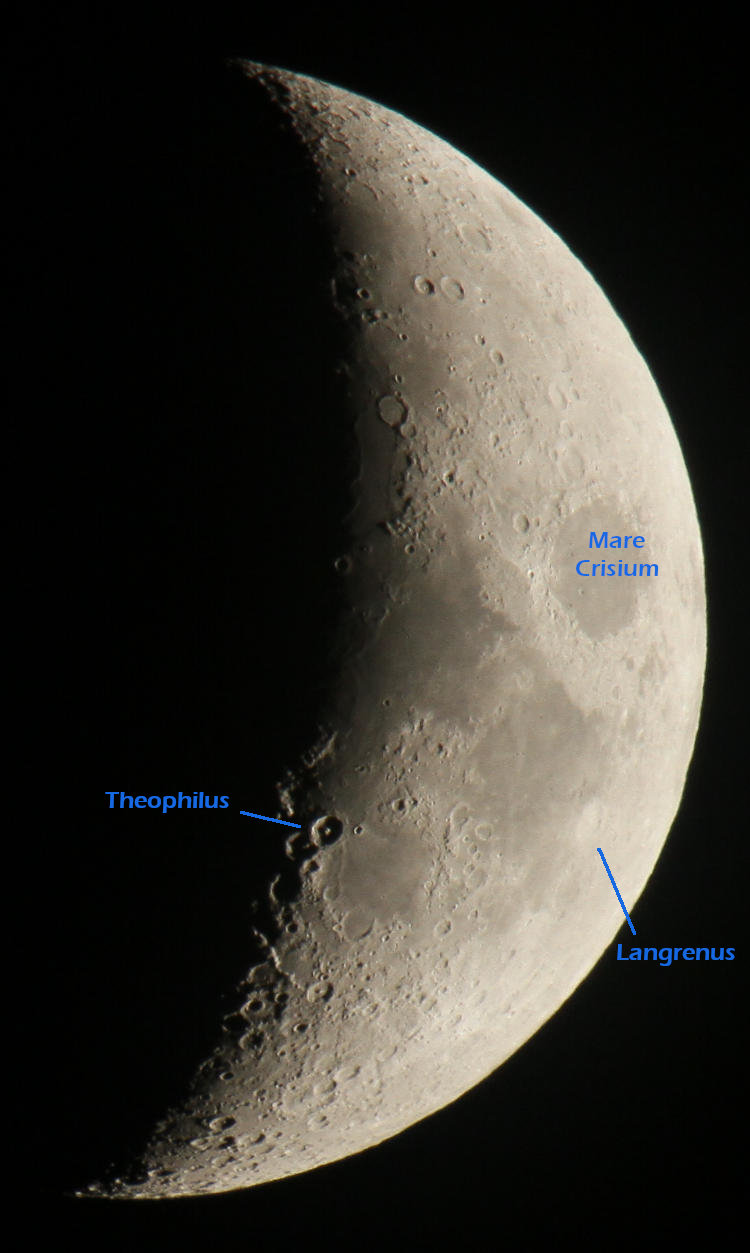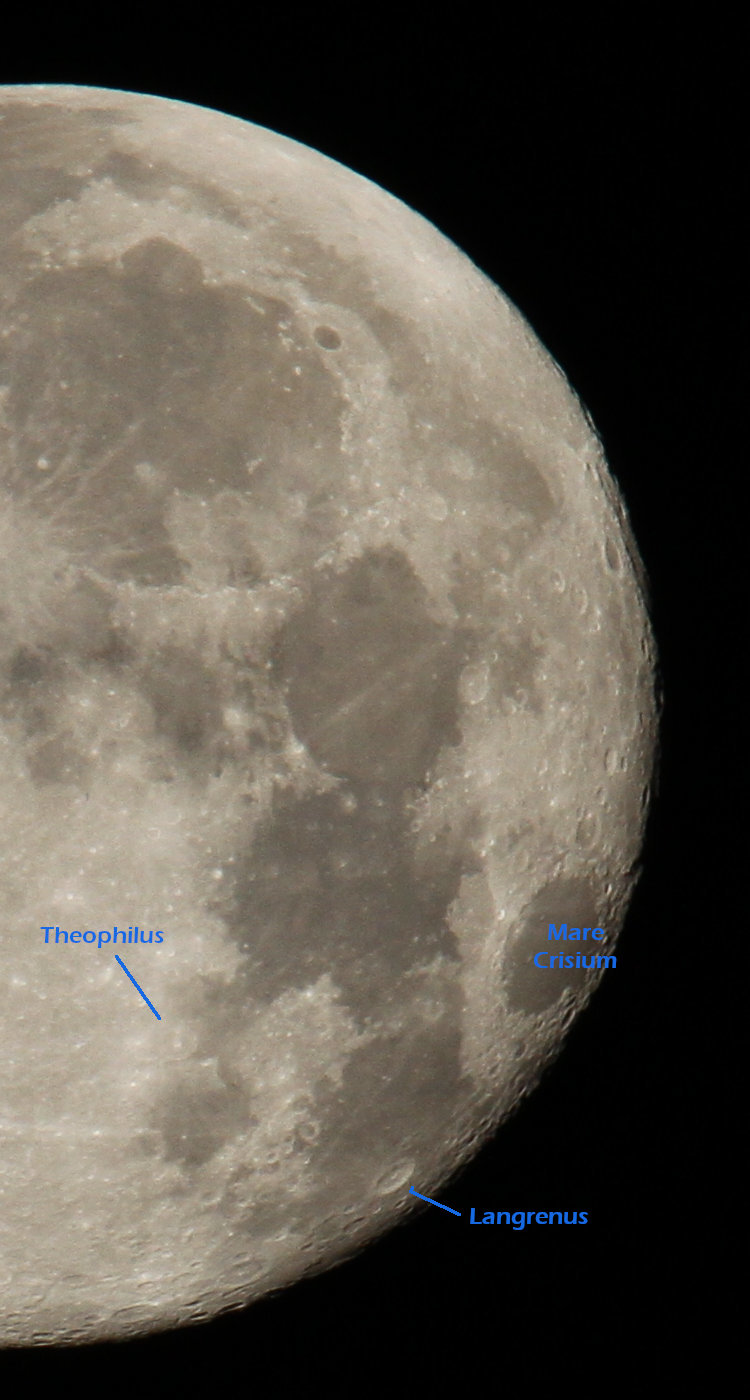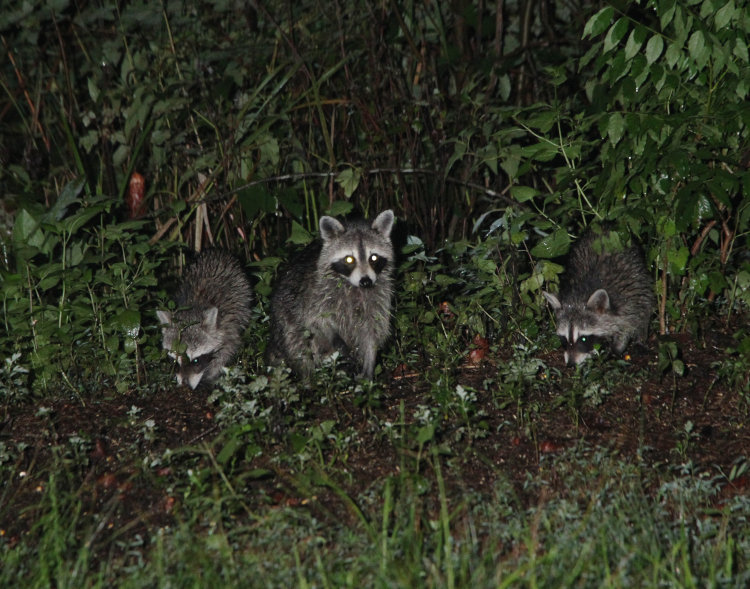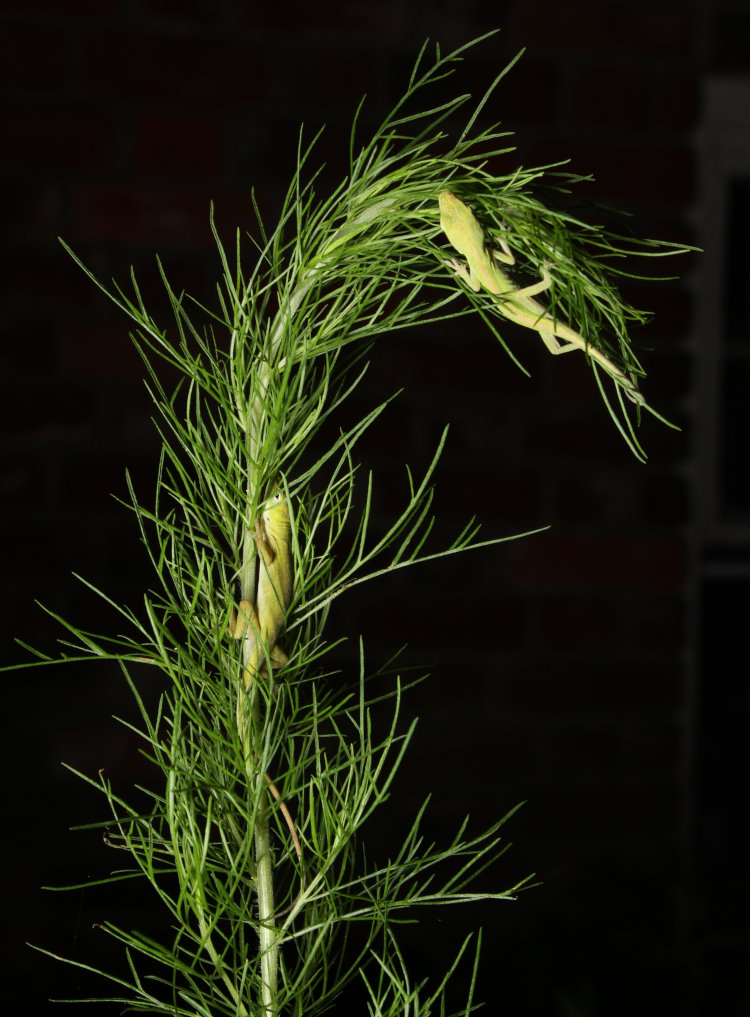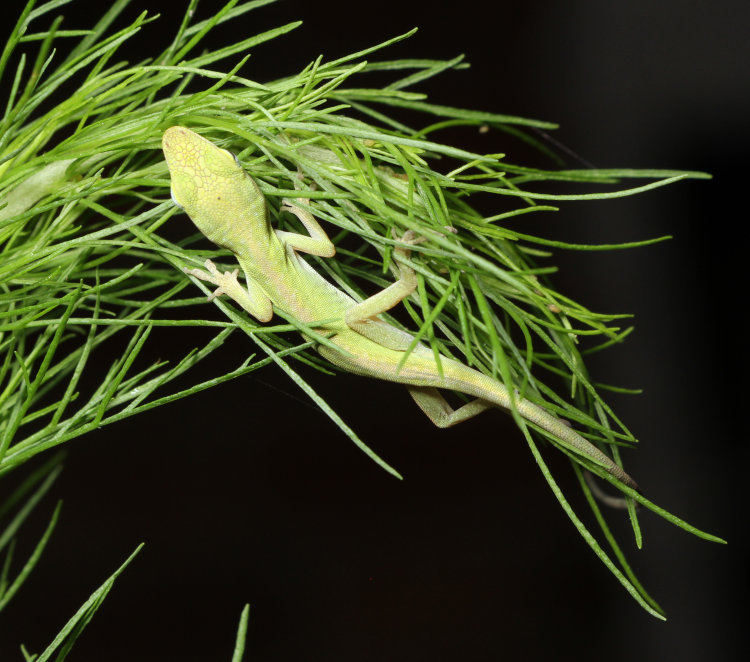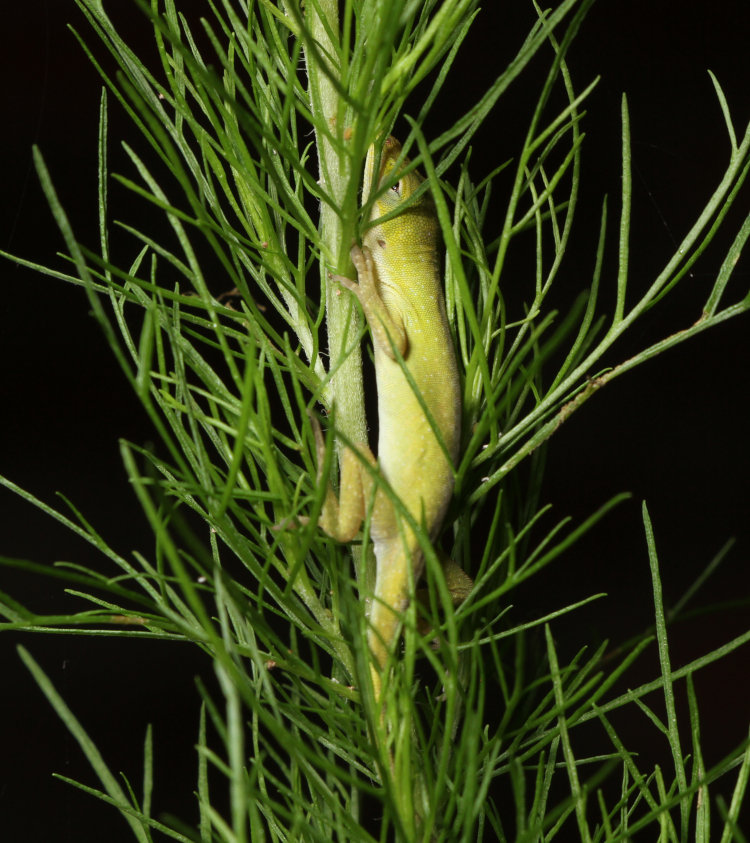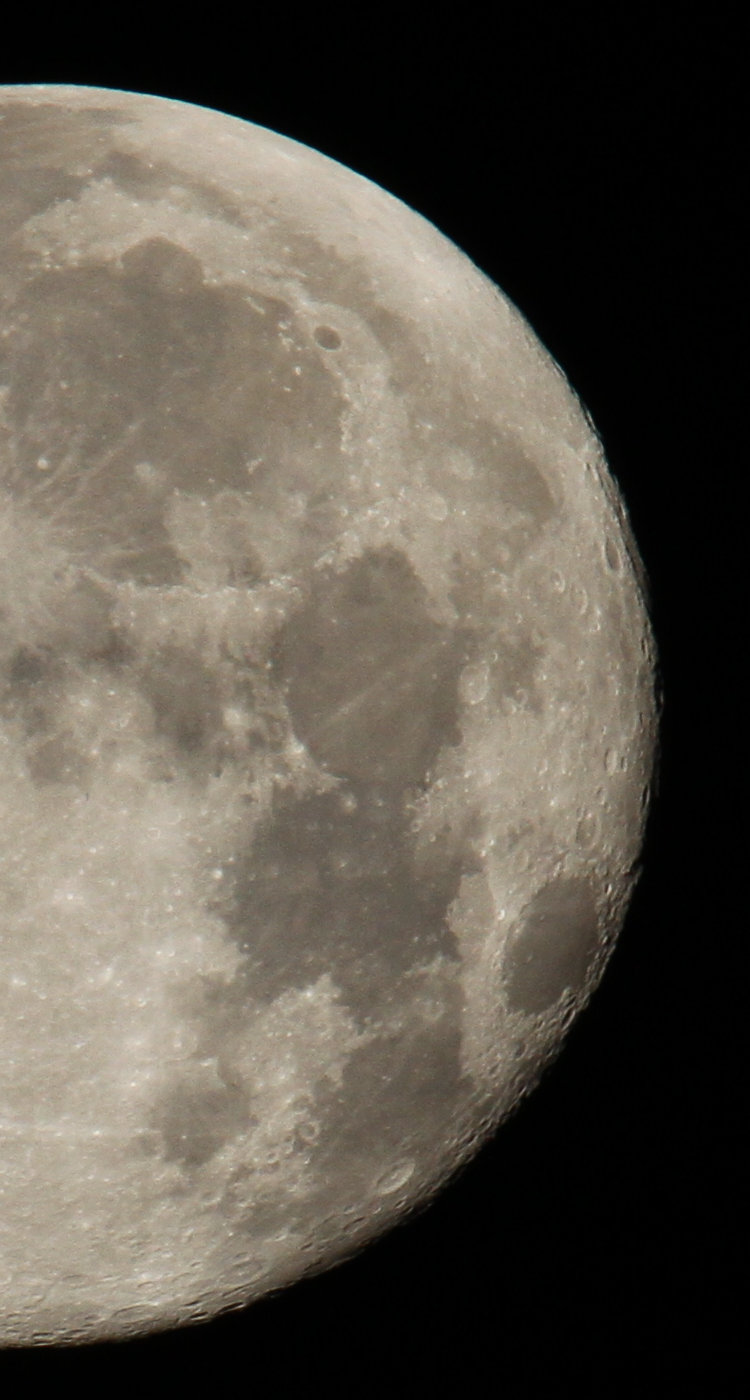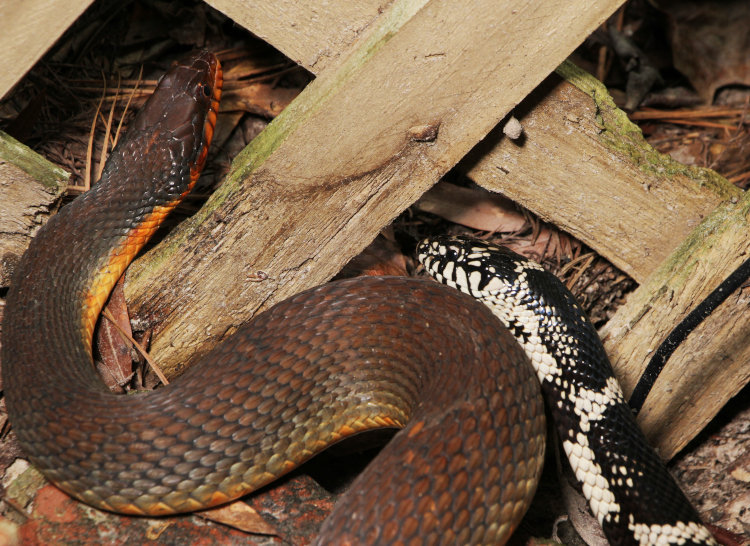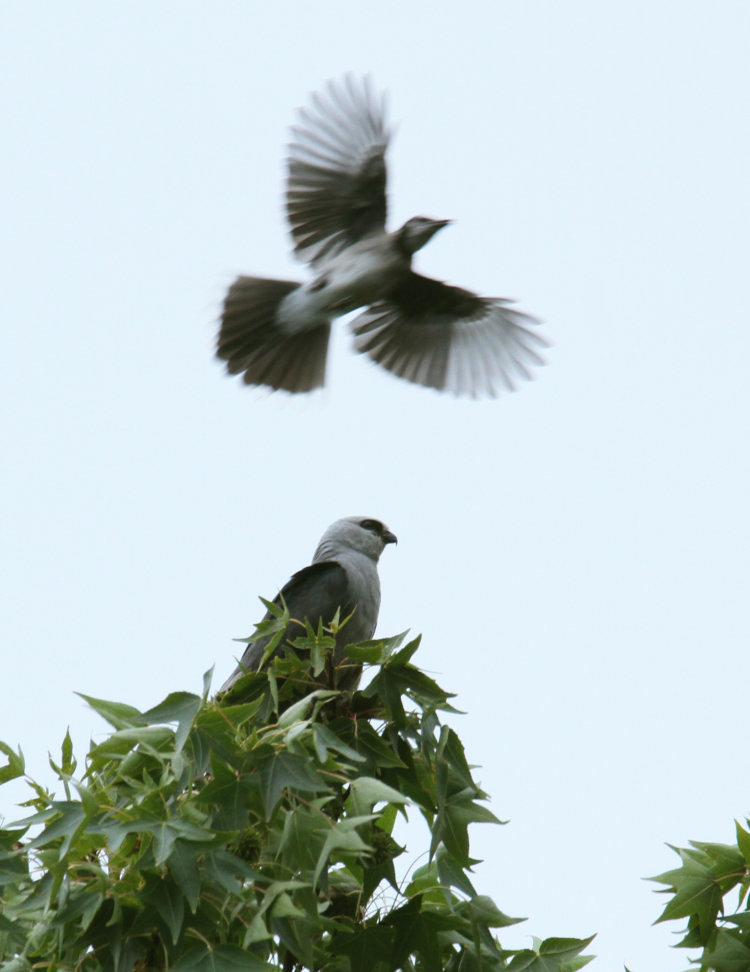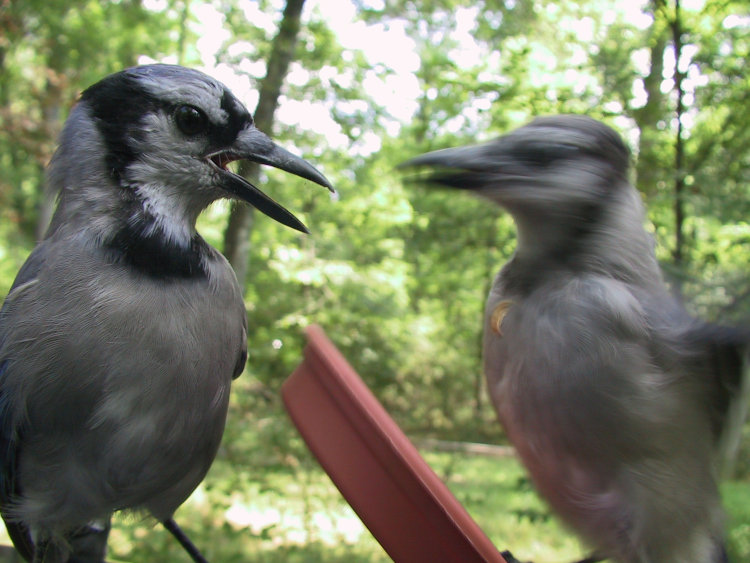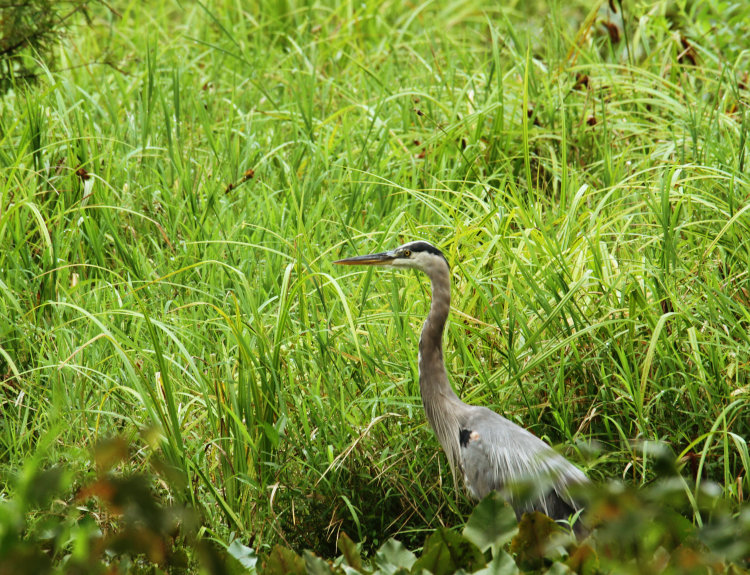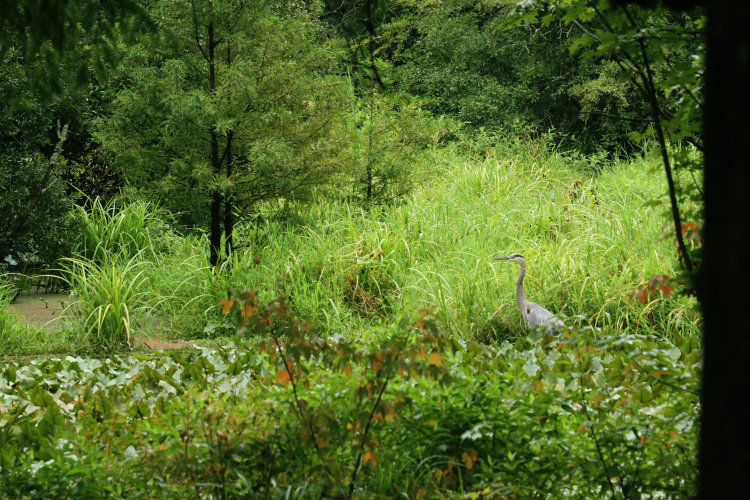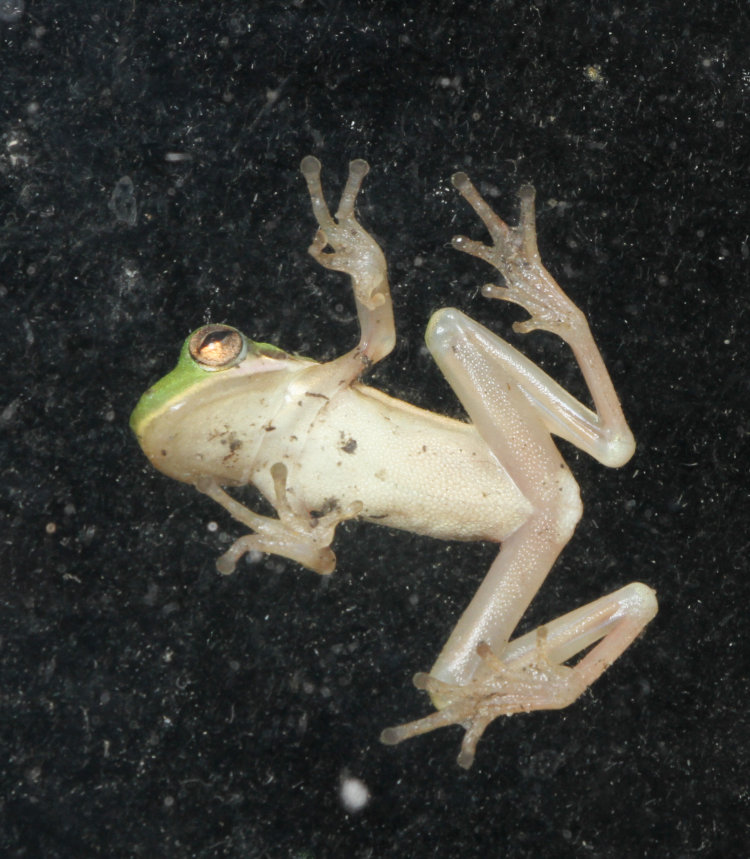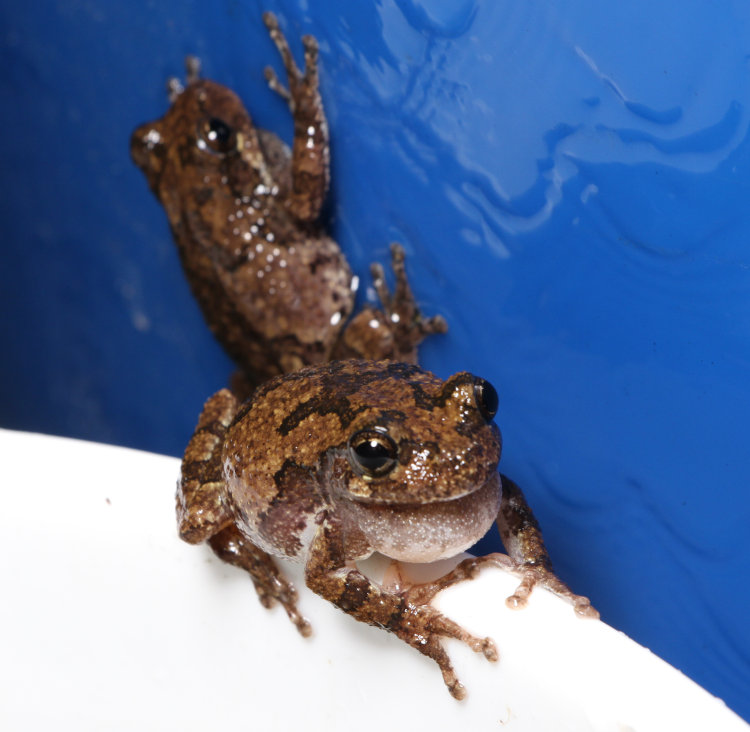Last week’s Find was still fresh on the, um, server memory thingy, whatever, when I got the first clips of this week’s. A few days later I was able to add to the stock, so we have a couple of days worth of observations, which also added in the number of other species appearing. So without further ado:
Now, this was not a total surprise, because we’d been down at the neighbor’s house late last year, one that lives further down The Bayou, actually just past where our portion ends, and had seen one then; just like this time, I had mistaken it for a beaver (only because I hadn’t seen the tail yet,) until the neighbor corrected me, but then never saw any sign of one again until now. I was a little surprised to find that they were this far inland, since my experience had only been with one on the Outer Banks, but here we are. And the beavers do actually come into the pond, or at least did for a while, decimating the yellow cow lilies as they did so, but those are growing back so it appears they’re not visiting much anymore.
The nutria seem pretty mellow about sharing their territory (well, except for the green heron,) but how are they with beavers, or beavers with them? Don’t know yet. The wood ducks also seem fine, though they didn’t show when I had the video camera going.
Most places you will find in the US, nutria are considered an invasive pest, and they can do a lot of damage, as well as carrying several zoonotic diseases that can transmit to humans. They were imported from South America for the fur trade and got established after escaping or being released upon the collapse of that trade, many decades ago. We apparently don’t have the same level of predators (or health hazards) here as in South America to keep their numbers in check, so the byword in many areas is, “Shoot on sight.” As far as The Girlfriend and I are concerned, they can stay here since there’s little they can damage, but we’ll see if their numbers start increasing significantly.
At least one has made an appearance every day this week, at different times, and I thought I’d seen a smaller one as well, but have not confirmed that yet. As for their lodge/burrow, no idea where that might be yet either, but I’ll keep an eye out.
But this time, I did the voiceover in the afternoon so the Copes grey treefrogs did not have a chance to contribute. Now all I have to do is work on dead air…




















































